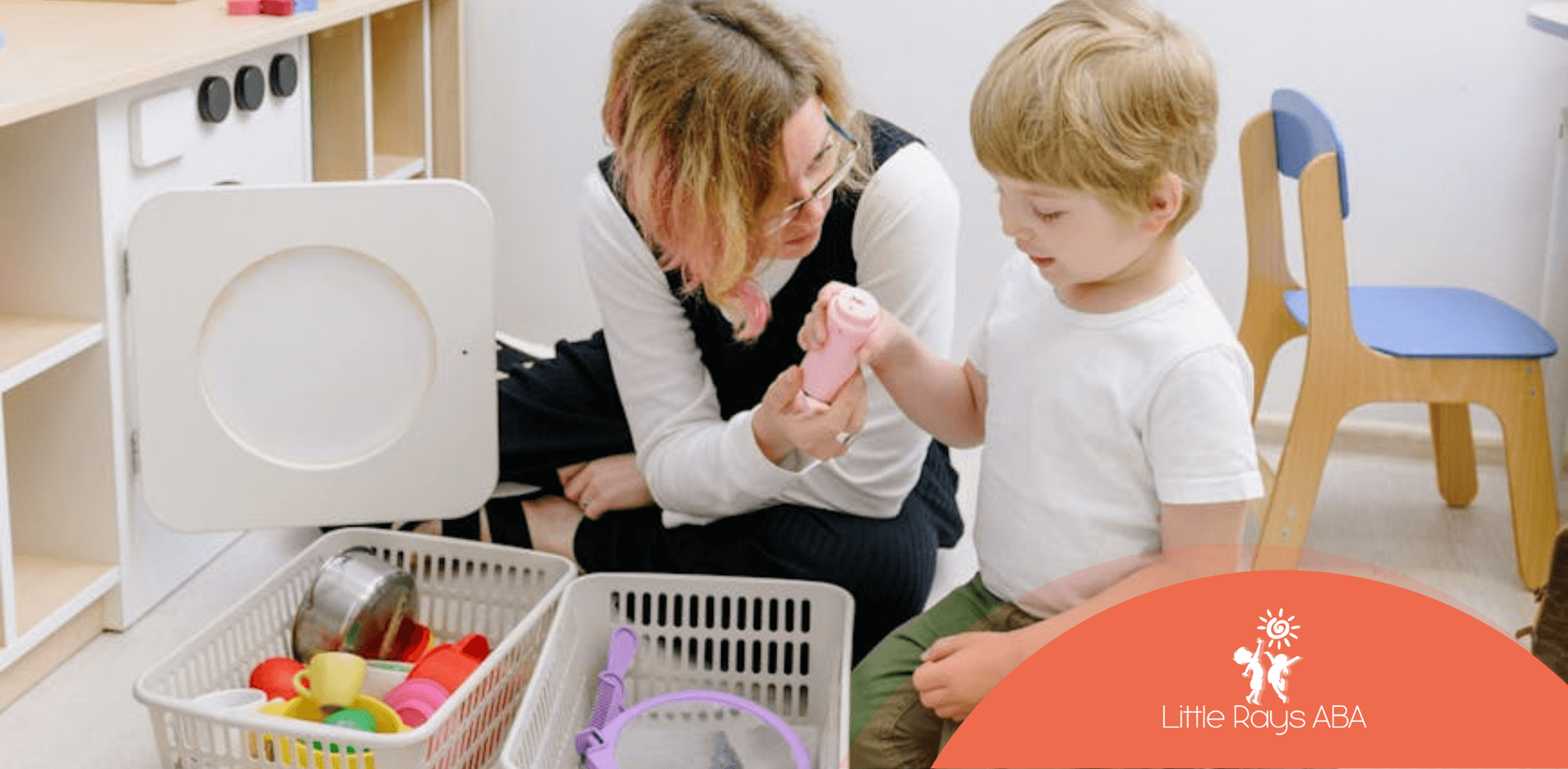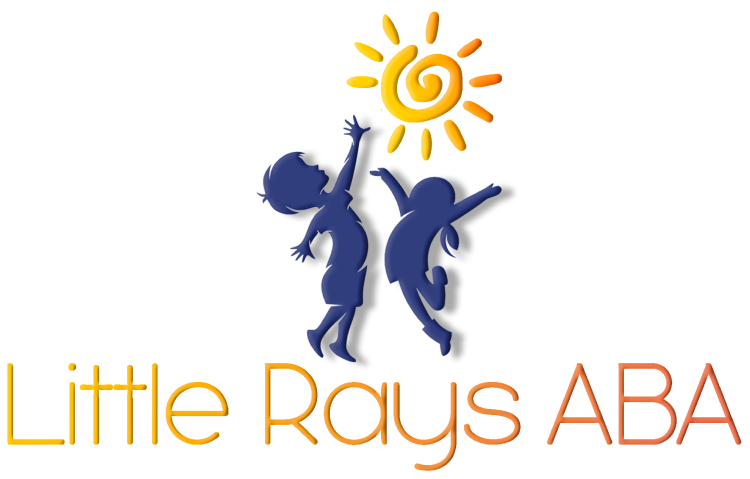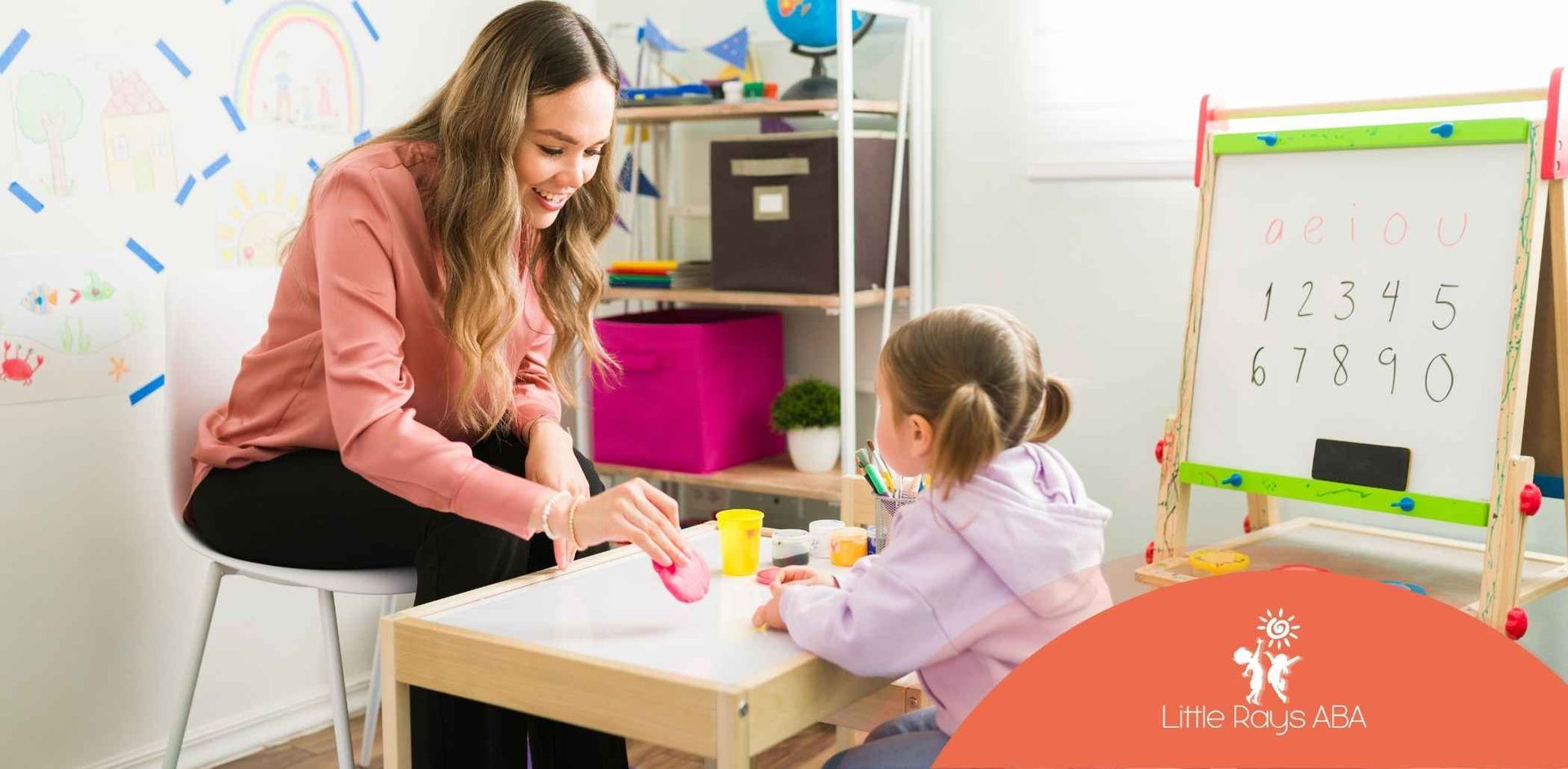
Exploring Effective Autism Treatment Options for Children
Understanding Autism Treatments
Autism treatment options for children encompass a wide range of evidence based therapies and supports designed to address each child’s unique strengths and challenges. There is no single standard approach to treatment, as interventions often blend behavioral, educational, and medical strategies. Successful programs tailor goals and activities to individual needs, combining multiple modalities within a structured plan.
Importance Of Early Intervention
Early intervention can have a profound impact on developmental outcomes for young children diagnosed with autism spectrum disorder. Research indicates that starting therapies at or before preschool age taps into the brain’s heightened plasticity, leading to gains in communication, social skills, and adaptive behavior. A study found that children receiving early support may boost their IQ by an average of 17 points, and they are more likely to succeed in mainstream classrooms and require fewer support services in adulthood.
What makes early therapy so transformative? It aligns learning with the brain’s peak receptivity during the first few years of life.
- Increased IQ by an average of 17 points
- Greater likelihood of attending regular education
- Improved long-term independence and employment prospects
Behavioral Therapy Techniques
Behavioral interventions form the cornerstone of many autism treatment plans. Applied behavior analysis, delivered by board certified behavior analysts, focuses on reinforcing positive behaviors and reducing challenges through clear, consistent methods. Another approach, the Early Start Denver Model, blends behavioral strategies with developmental principles to support toddlers under two and a half years of age. Families often choose one or both based on expertise, availability, and the child’s specific profile.
| Therapy | Focus | Typical Age |
|---|---|---|
| Applied Behavior Analysis (ABA) | Reinforce desired behaviors, reduce challenges | 2 years and older |
| Early Start Denver Model (ESDM) | Integrate behavioral and developmental techniques | Under 2.5 years |
Families should monitor progress regularly, adjusting therapy intensity, goals, and techniques as the child grows.
Communication And Language Therapy
Effective communication supports social interaction and learning. Speech-language therapy addresses speech delays, comprehension, and pragmatic language skills in structured sessions. Therapists craft individualized exercises to develop vocalizations, gestures, and conversational turn-taking.
Augmentative Communication Tools
When verbal speech remains limited, augmentative and alternative communication tools offer a voice. Common methods include:
- Picture Exchange Communication System (PECS) for exchanging images
- Simple sign language to convey basic requests
- Speech-generating devices that produce words or phrases
These tools empower children to express needs, reduce frustration, and build a foundation for speech development.
Occupational And Physical Therapy
Children with autism may face challenges with daily living skills and motor coordination. Occupational therapy focuses on fine motor abilities, self-care tasks, and sensory integration. Physical therapy targets gross motor skills, balance, and strength, promoting physical confidence and endurance.
Occupational Therapy
Occupational therapists evaluate sensory processing and design activities that help regulate responses to touch, sound, and movement. Families work on skills like dressing, feeding, and handwriting.
Physical Therapy
Physical therapists address challenges in running, jumping, and coordination through tailored exercises. Improved motor skills support participation in play and physical education.
Medication Management Considerations
Medication can play a supportive role in managing behaviors that impede learning and social engagement.
Some drugs target irritability, aggression, or self-injurious actions, enabling children to focus on therapies and acquisition of new skills. Prescribers typically start medications on a trial basis, adjusting dosages and combinations to optimize benefits.
FDA Approved Medications
Two antipsychotic medications hold FDA approval for treating irritability in children with ASD:
- Risperidone
- Aripiprazole
Other drugs are sometimes used off-label but may not carry formal approval for pediatric autism.
Safe Medication Practices
To ensure safety, families and providers should:
- Begin with the lowest effective dose
- Monitor for side effects such as weight gain or sedation
- Review progress regularly and adjust as needed
- Consult resources like the Autism Speaks Medication Guide
By combining medication with behavioral therapies, children often achieve greater consistency in skill learning.
Complementary And Alternative Therapies
Many families explore complementary and alternative medicine alongside traditional treatments. Up to 95 percent of children with ASD have tried at least one CAM approach, with about 28 percent using them consistently, especially among higher-income, Caucasian households. While evidence remains limited for most CAM interventions, some studies report benefits.
Music And Sensory Therapies
Music therapy may boost social interaction, verbal communication, and emotional reciprocity in children with ASD. A Cochrane review noted its potential to enhance parent-child relationships and social adaptation. Sensory integration techniques, acupuncture, and massage offer promising results for behavioral and sensory challenges.
Families should approach CAM thoughtfully, discussing safety and documented outcomes with healthcare providers.
Nutrition And Mealtime Management
Feeding difficulties and gastrointestinal issues are common among children on the spectrum. Between 83 and 91 percent experience symptoms such as constipation, diarrhea, and bloating, which can affect behavior and well-being. Selective eating patterns, driven by sensory sensitivities, may lead to nutritional gaps.
Managing Feeding Challenges
Structured mealtime strategies help improve food acceptance:
- Set consistent meal and snack times
- Use visual schedules to outline steps
- Minimize sensory distractions by controlling textures, flavors, and noise
Dietary Interventions
Research on special diets and supplements shows mixed results. Approaches include:
- Feingold Diet elimination of artificial additives
- Ketogenic Diet high in fat, low in carbohydrates
- Omega-3 supplementation for brain health
Parents should consult a pediatrician before initiating any restrictive diet or supplement regimen.
Coordinating Care And Support
Effective autism treatment plans rely on a team approach. Individualized programs work best when healthcare providers, therapists, educators, and families share information and goals.
Multidisciplinary Team
Core team members may include:
Collaboration With Schools
Partnerships between families and school personnel secure consistency across settings. Individualized Education Programs and 504 Plans outline accommodations that support learning in the classroom.
Monitoring Treatment Progress
Ongoing evaluation ensures interventions remain aligned with a child’s evolving needs. Regular progress reviews and data collection help measure effectiveness and guide adjustments.
Tracking Goals
Teams can monitor objectives using:
- Session data forms to record target behaviors
- Checklists for communication milestones
- Parent logs tracking daily routines and mealtime behaviors
Assessment Tools
Standardized assessments offer objective insights:
- Vineland Adaptive Behavior Scales
- Autism Diagnostic Observation Schedule
- School-based progress reports
Frequent reviews, ideally every three to six months, allow teams to refine strategies and sustain momentum.
Conclusion
Choosing the right mix of autism treatment options for children requires a thoughtful, individualized approach. Families, therapists, and educators should work together to integrate early interventions, behavioral therapies, communication supports, and medical guidance. Regular monitoring and open collaboration ensure that interventions adapt as children grow. By combining evidence based strategies with personalized care, children with autism have the best opportunity to thrive.
At Little Rays ABA, we understand that no two children with autism are the same. That’s why we design custom ABA treatment plans built around your child’s unique needs, strengths, and developmental goals.
Our Florida-based team partners with families, educators, and healthcare providers to offer evidence-based ABA therapy in FL that evolves as your child grows. Whether you’re just starting your journey or looking to enhance your current care, we’re here to help.
Contact us today to explore personalized autism treatment options that support meaningful progress in the home, at school, and beyond.
Frequently Asked Questions
What are the most effective autism treatments for young children?
Early intervention with Applied Behavior Analysis (ABA), speech therapy, and occupational therapy are among the most effective treatments. These evidence-based approaches help improve communication, behavior, and daily living skills.
Can autism treatment plans change over time?
Yes. As children develop and their needs evolve, treatment plans should be adjusted. Regular progress monitoring and collaboration with therapists and caregivers help ensure interventions stay effective and relevant.
How do I choose the right therapy for my child with autism?
Start by consulting with a qualified professional such as a BCBA or developmental pediatrician. Factors like age, behavior, communication level, and family goals all influence the best treatment mix for your child.
SOURCES:
https://www.nichd.nih.gov/health/topics/autism/conditioninfo/treatments
https://www.nichd.nih.gov/health/topics/autism/conditioninfo/treatments/early-intervention
https://my.clevelandclinic.org/health/articles/autism-therapies
https://www.nichd.nih.gov/health/topics/autism/conditioninfo/treatments/medication-treatment
http://www.autismspeaks.org/science/resources-programs/autism-treatment-network/tools-you-can-use/medication-guide
https://www.healthychildren.org/English/health-issues/conditions/Autism/Pages/complementary-and-alternative-therapies-for-autism-what-parents-need-to-know.aspx
https://pmc.ncbi.nlm.nih.gov/articles/PMC4439475/
https://pmc.ncbi.nlm.nih.gov/articles/PMC11572612/
Related Posts





